Hepatitis C-Infected Hearts and Lungs Safely Transplanted
As the number of patients in need of heart or lung transplants continues to exceed the number of donor organs that are viable and available, many patients die while waiting for a transplant. Through the DONATE HCV Trial, a team at Brigham and Women’s Hospital is expanding the donor pool by enabling transplantation from hepatitis C-infected donors.
In a recent publication in the New England Journal of Medicine, a multidisciplinary team of experts from Brigham and Women’s Hospital reported a 100 percent success rate for transplant recipients who received lungs or a heart infected with hepatitis C (HCV).
Six months after transplantation, patients remained hepatitis C free and had functioning transplanted organs. The trial showed that a four-week antiviral treatment regimen started immediately following organ transplantation prevented HCV infection in all patients and led to excellent outcomes. Given the success of the trial, enrollment continues.
The DONATE HCV Trial is the largest clinical trial to date for HCV thoracic organ transplantation. “If even half the other centers in the United States were to adopt the Brigham protocol, we would, in fact, shorten the time to transplantation by nearly half,” says Mandeep Mehra, MD, medical director of the Heart & Vascular Center at Brigham and Women’s Hospital. The team has enrolled 69 participants to date.
In the above video, hear more from the investigators pioneering this trial, including:
- Hilary Goldberg, MD, MPH, Medical Director, Lung Transplant
- Mandeep R. Mehra, MD, Medical Director, Heart & Vascular Center
- Lindsey R. Baden, MD, MSc, Infectious Disease
- Ann E. Woolley, MD, MPH, Infectious Disease
- Hari R. Mallidi, MD, Surgical Director, Heart and Lung Transplant
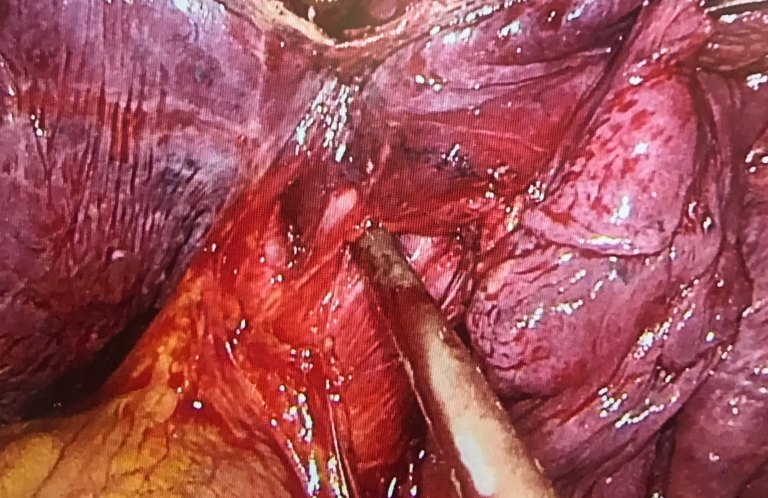 Detection of lung cancers at an early stage, combined with advances in imaging technologies and surgical techniques, bolster the rationale for choosing VATS (video-assisted thoracic surgery) segmentectomy for patients with stage I non-small cell lung cancer (NSCLC).
Detection of lung cancers at an early stage, combined with advances in imaging technologies and surgical techniques, bolster the rationale for choosing VATS (video-assisted thoracic surgery) segmentectomy for patients with stage I non-small cell lung cancer (NSCLC).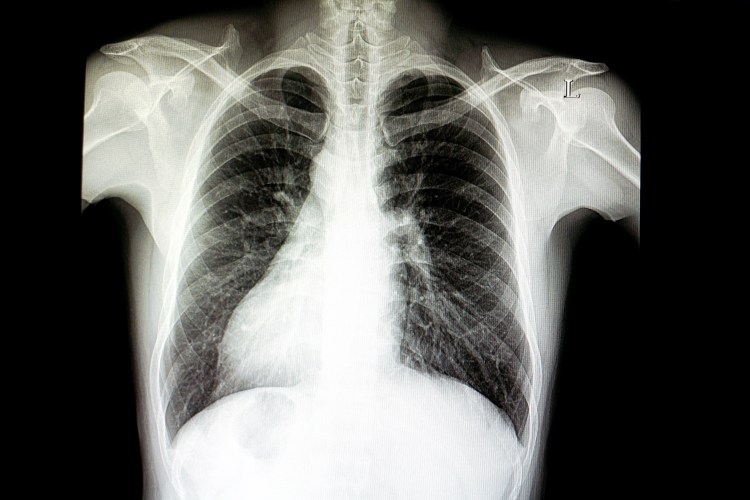 Over the past 20 years, more than 100 genes have been found that cause specific lung diseases, most of which can be tested for by DNA sequencing. However, interpreting and acting upon genetic test results can be a challenging task for any physician not trained in genetics.
Over the past 20 years, more than 100 genes have been found that cause specific lung diseases, most of which can be tested for by DNA sequencing. However, interpreting and acting upon genetic test results can be a challenging task for any physician not trained in genetics.  What happens to patients after the ICU? That is the question examined by physician/writer
What happens to patients after the ICU? That is the question examined by physician/writer 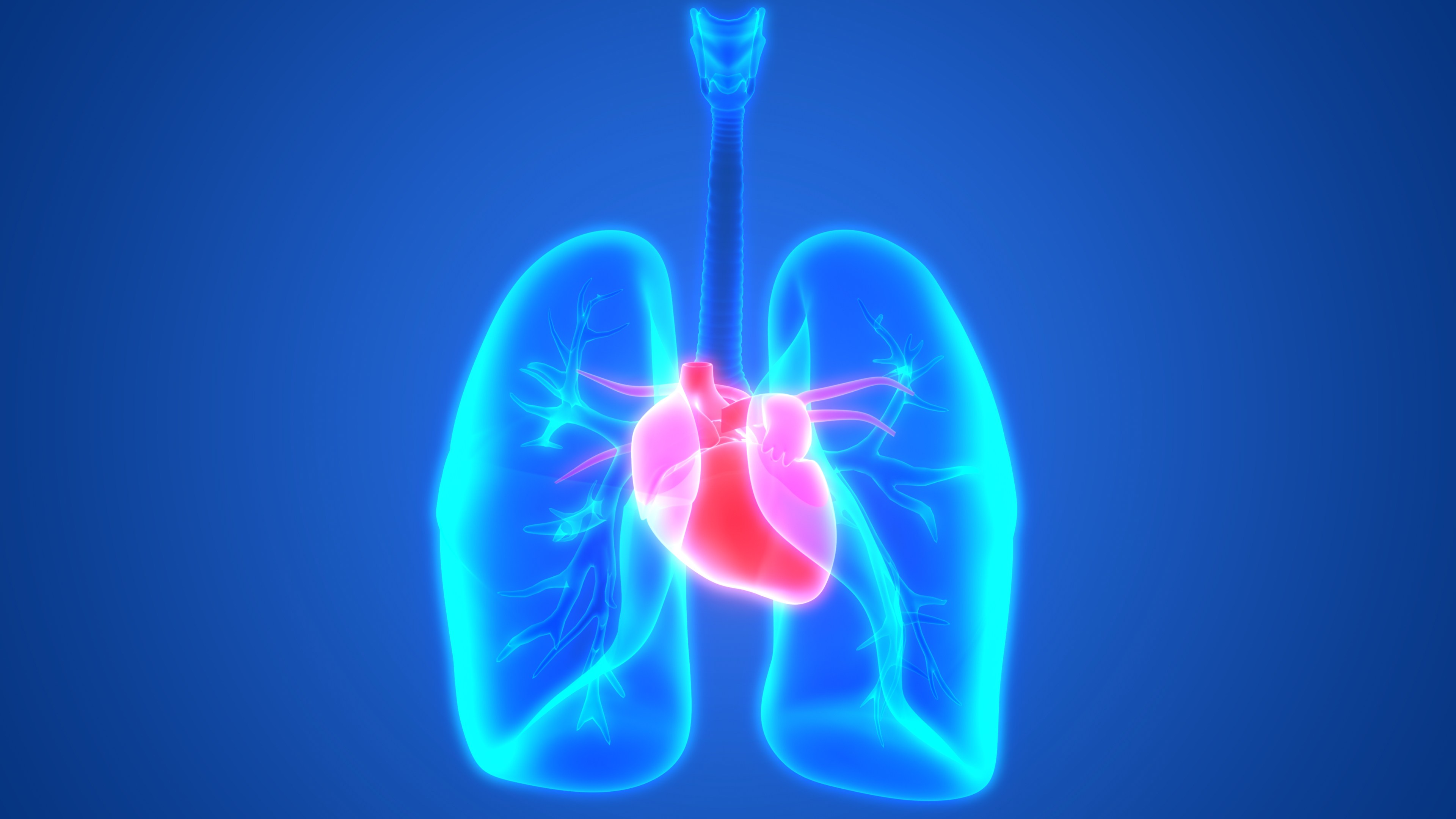 Building on pioneering work performed during the first wave of heart-lung transplantation, Brigham and Women’s Hospital has resumed its heart-lung program and is once again performing the rare procedure.
Building on pioneering work performed during the first wave of heart-lung transplantation, Brigham and Women’s Hospital has resumed its heart-lung program and is once again performing the rare procedure.
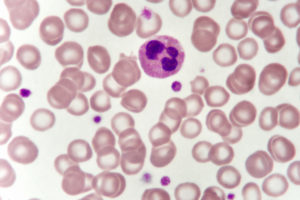
 For lung cancer surgeries, should there be an imperative to use minimally invasive techniques?
For lung cancer surgeries, should there be an imperative to use minimally invasive techniques?  In 2015, surgeons in the Lung Transplant Program at Brigham and Women’s Hospital performed 26 lung transplants. After significant investments in surgical staff, quality and processes, the program tripled its volume over a two-year period, performing 75 lung transplants in 2017. During this period of rapid growth, many outcomes were also improved, including a decrease in the length of hospital stay from 24 days (2015) to approximately 15 days (2017) and increased one-year survival to over 90 percent.
In 2015, surgeons in the Lung Transplant Program at Brigham and Women’s Hospital performed 26 lung transplants. After significant investments in surgical staff, quality and processes, the program tripled its volume over a two-year period, performing 75 lung transplants in 2017. During this period of rapid growth, many outcomes were also improved, including a decrease in the length of hospital stay from 24 days (2015) to approximately 15 days (2017) and increased one-year survival to over 90 percent. 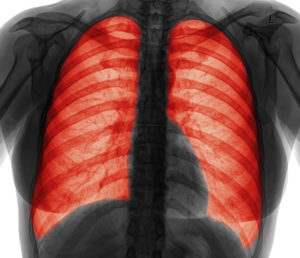 A novel platform is showing the potential for combining artificial intelligence (AI) and CT technology to identify disease stage in people with COPD and predict who are most likely to have acute respiratory disorder events and high mortality.
A novel platform is showing the potential for combining artificial intelligence (AI) and CT technology to identify disease stage in people with COPD and predict who are most likely to have acute respiratory disorder events and high mortality.